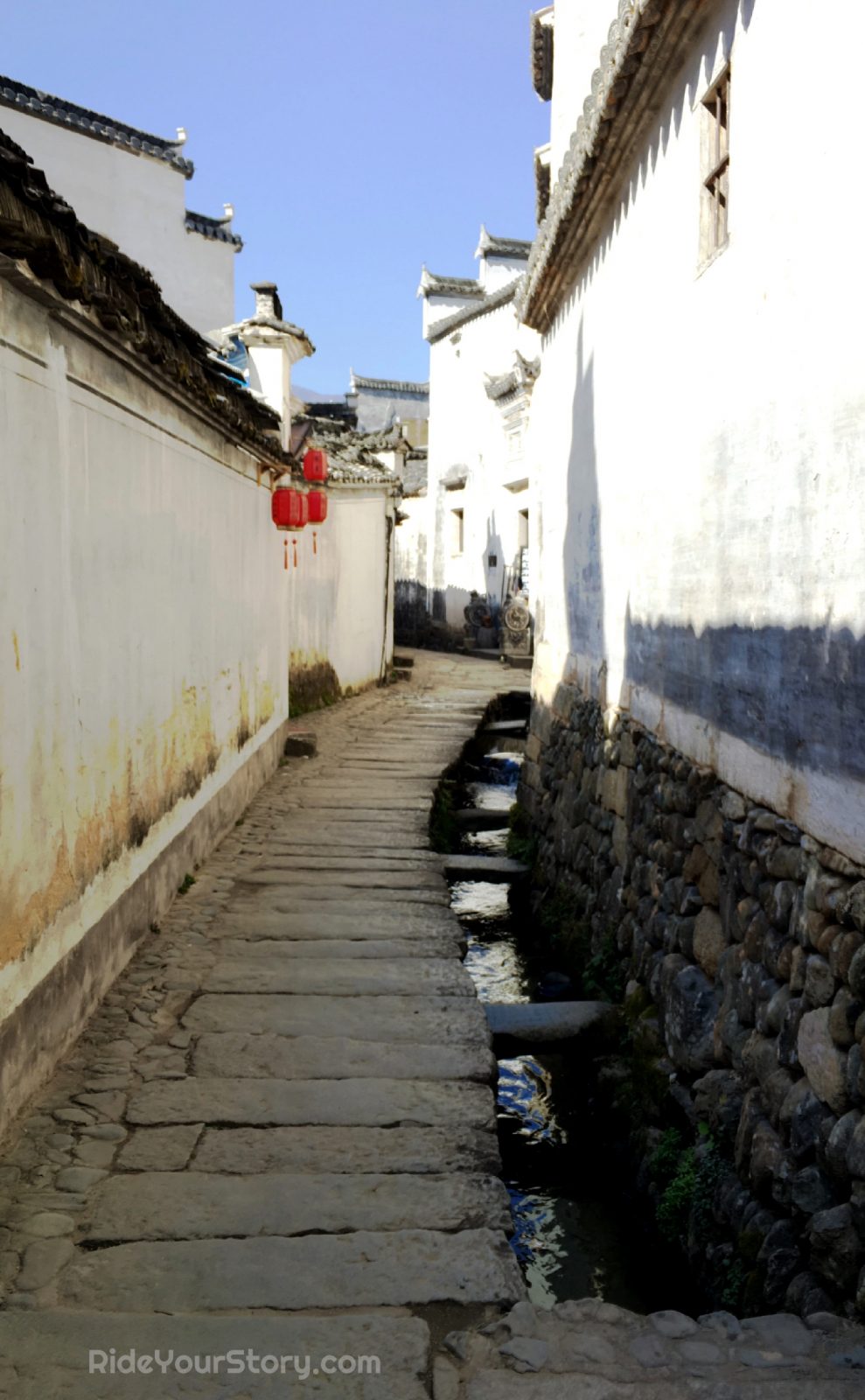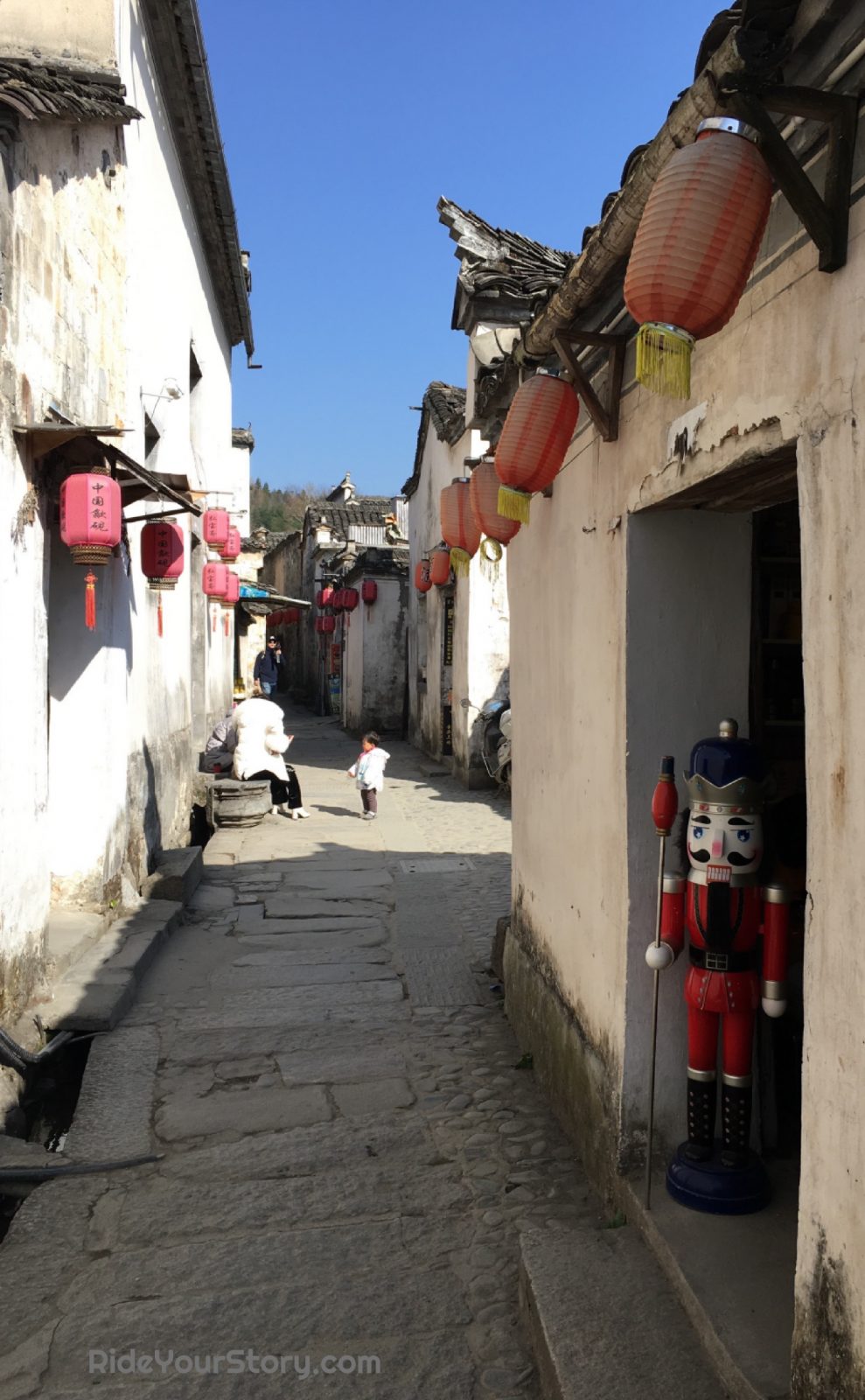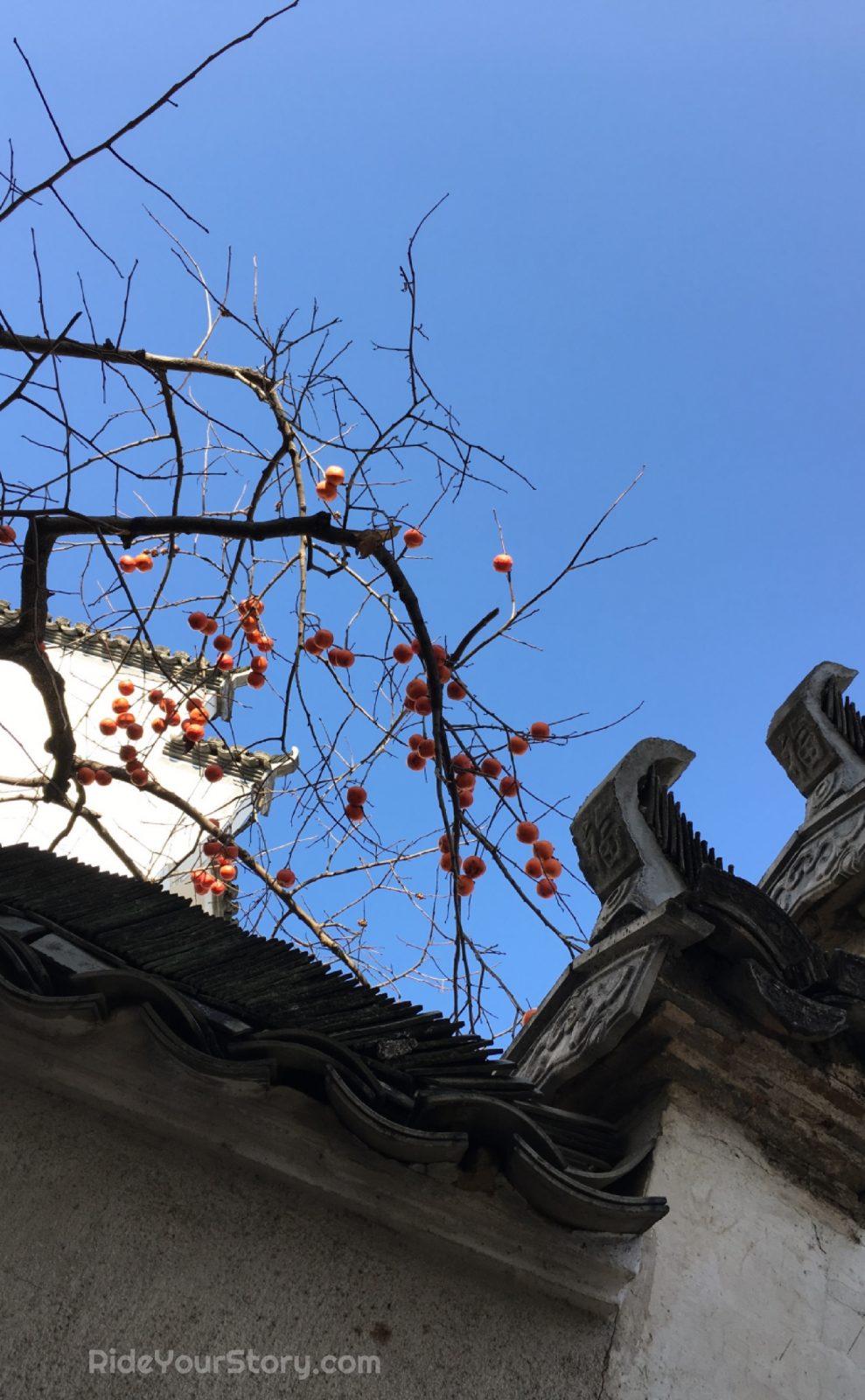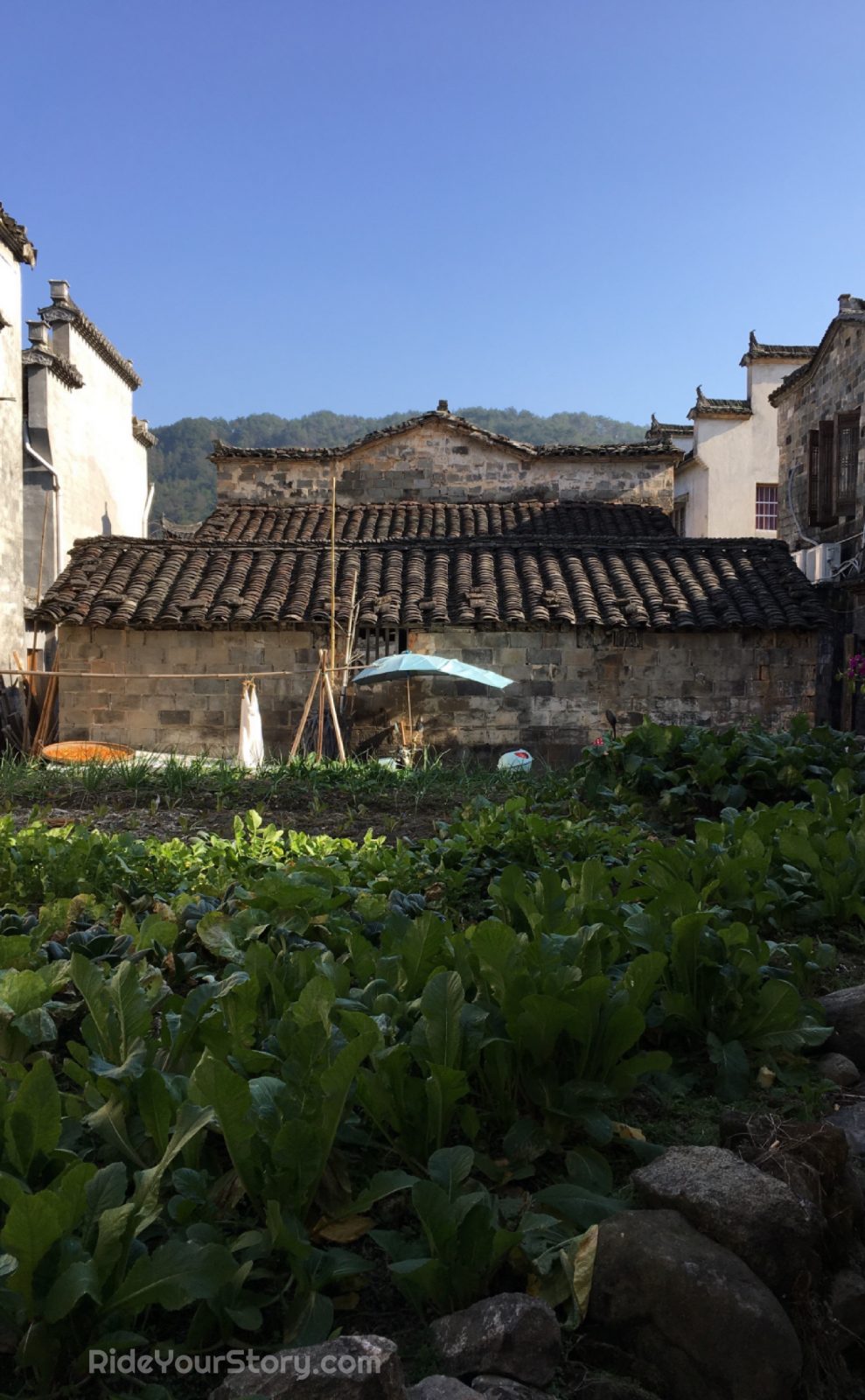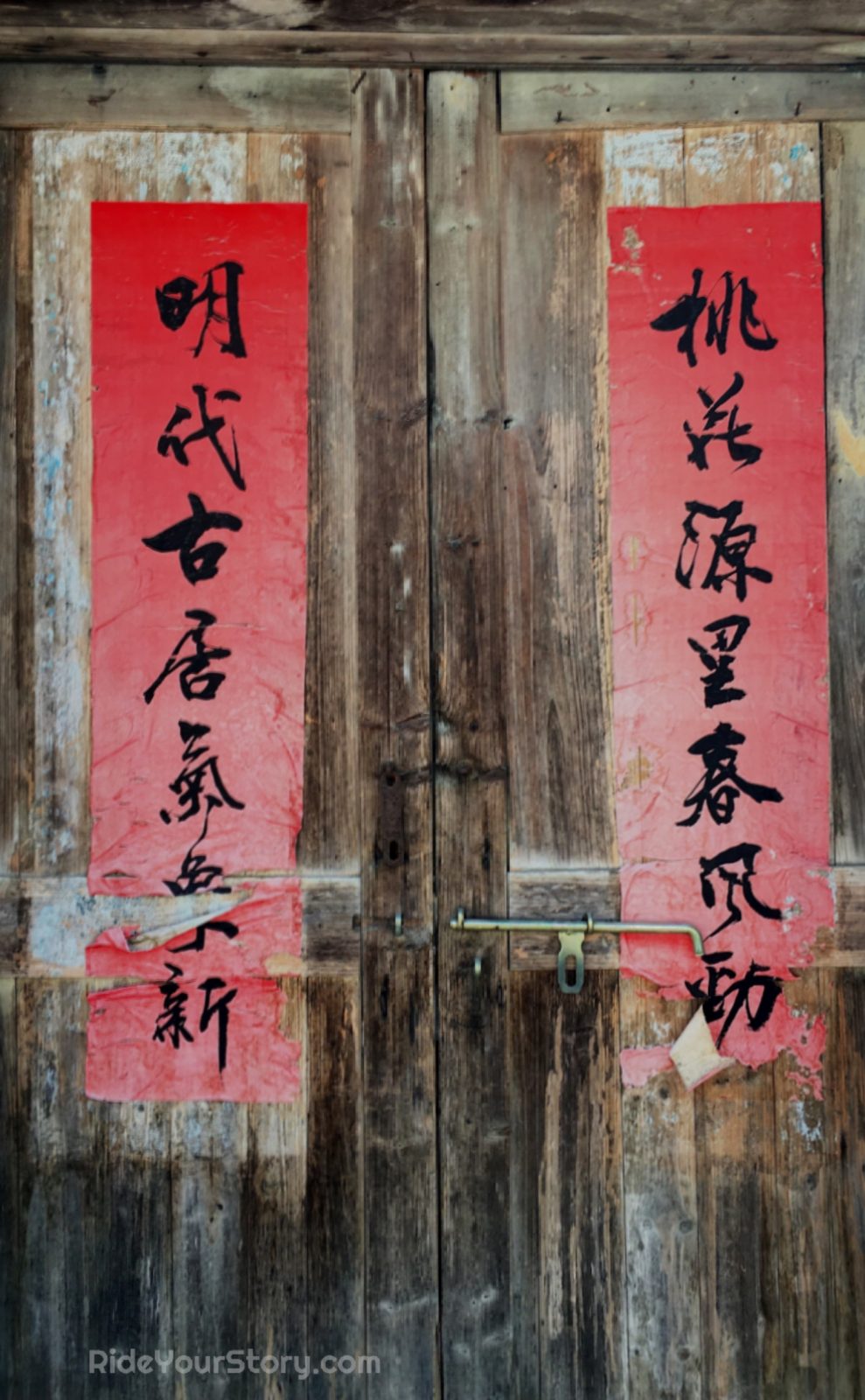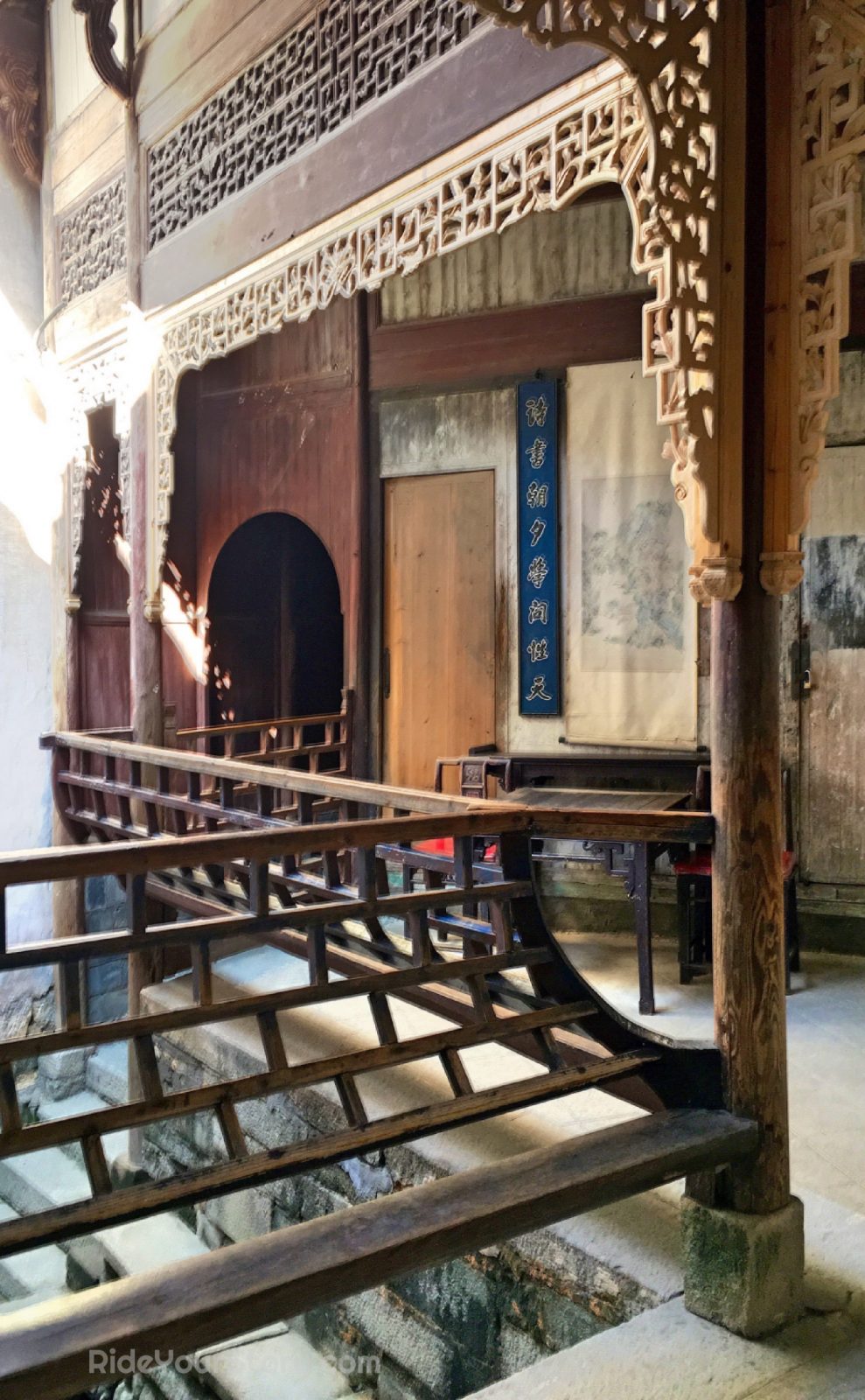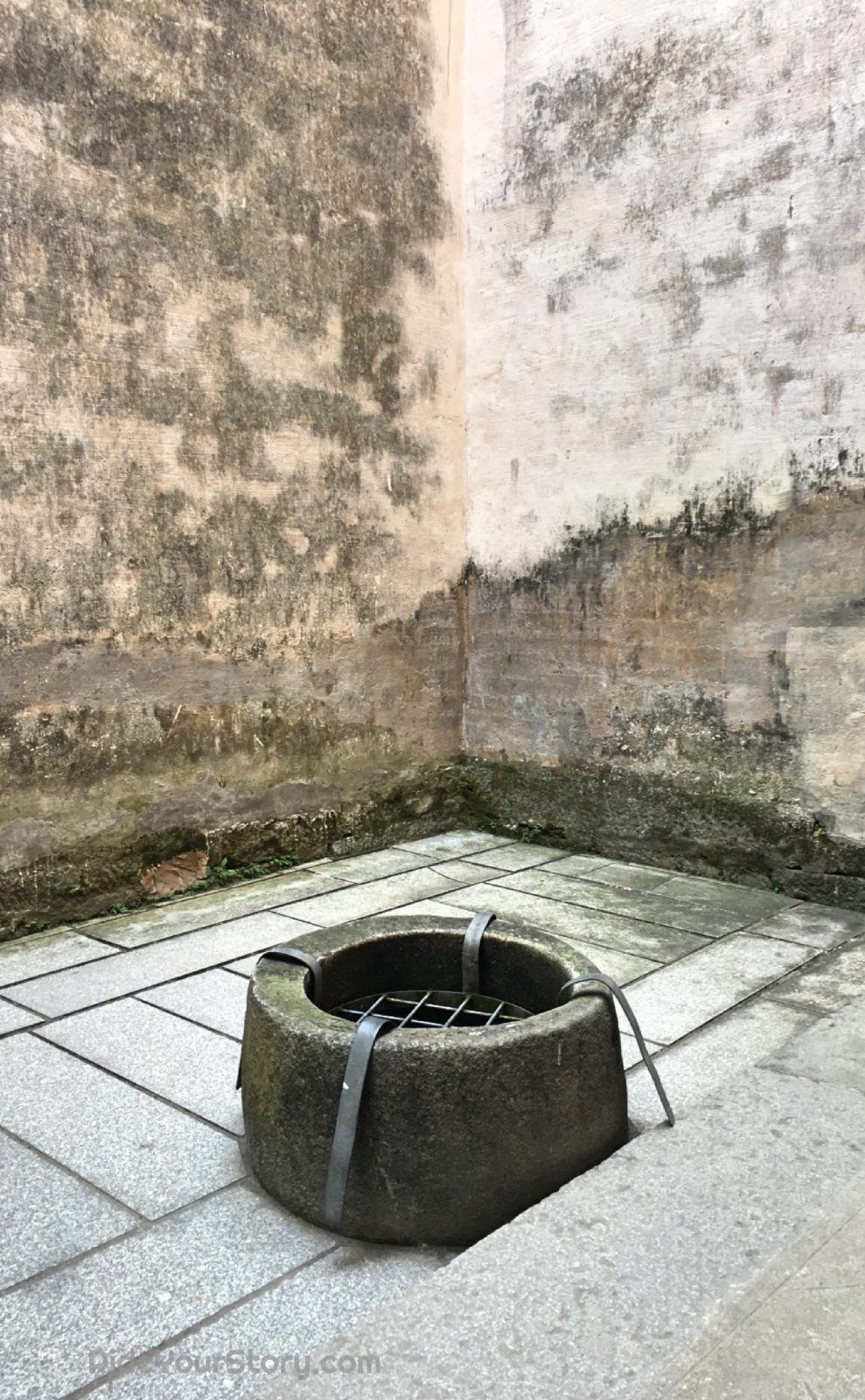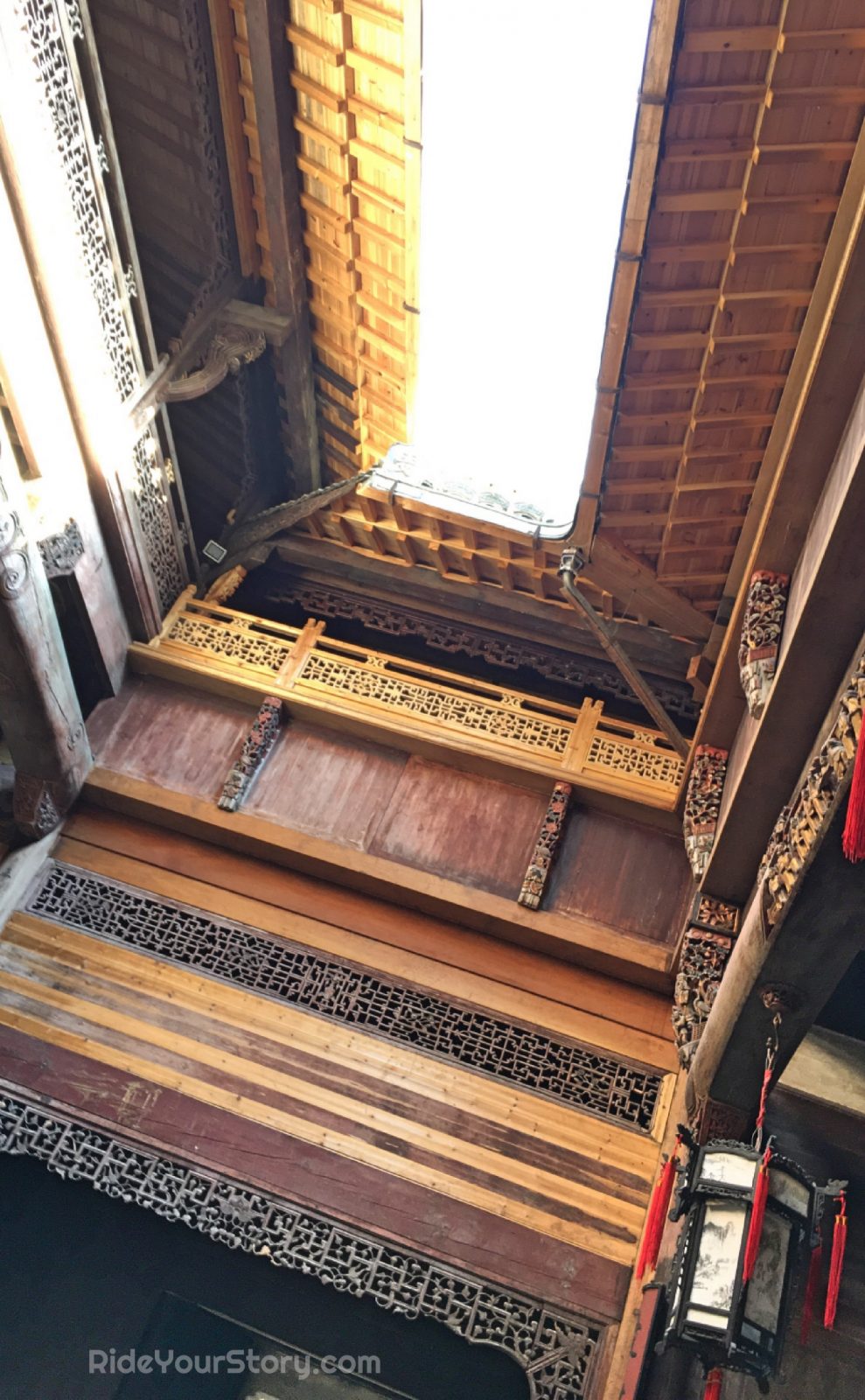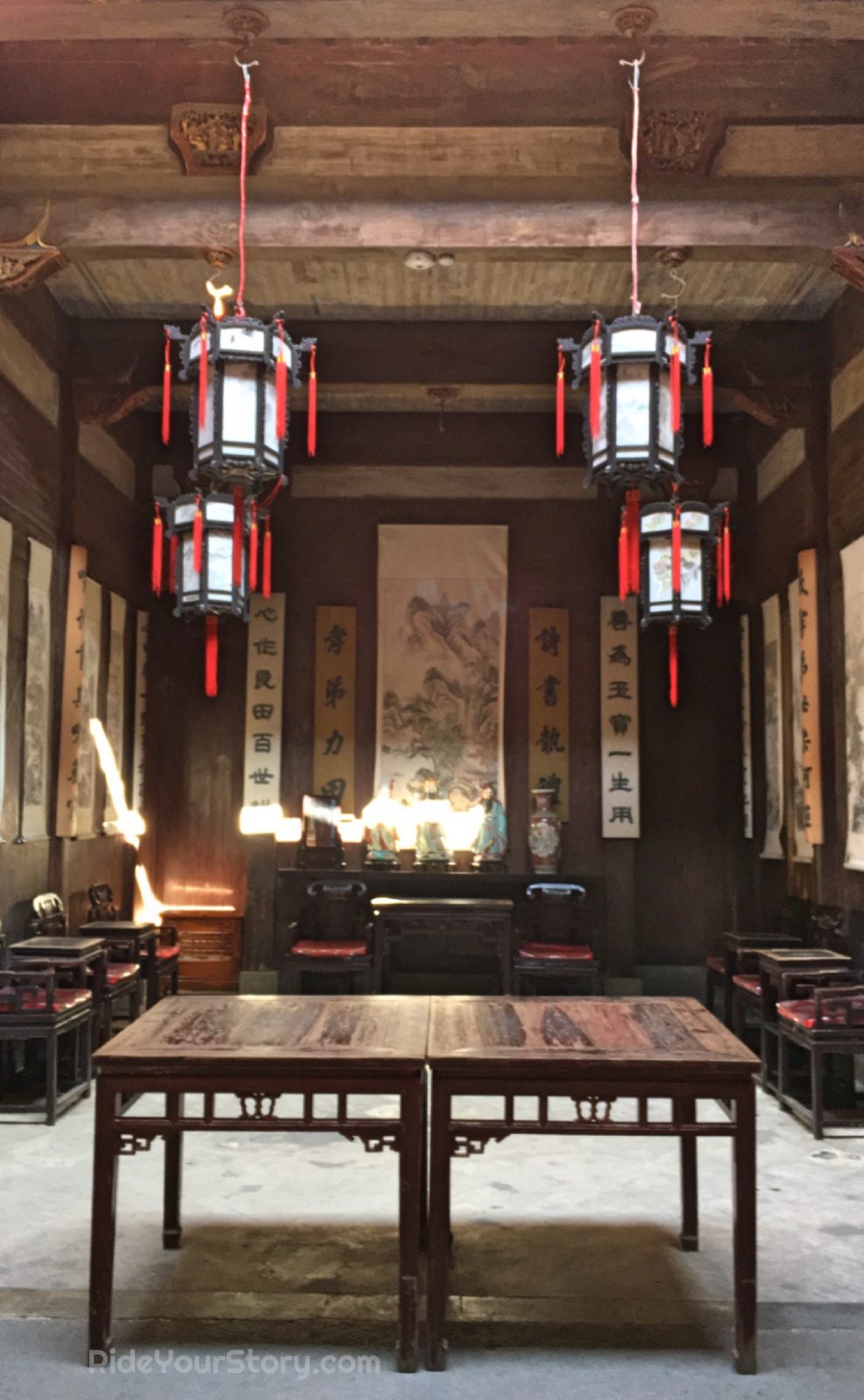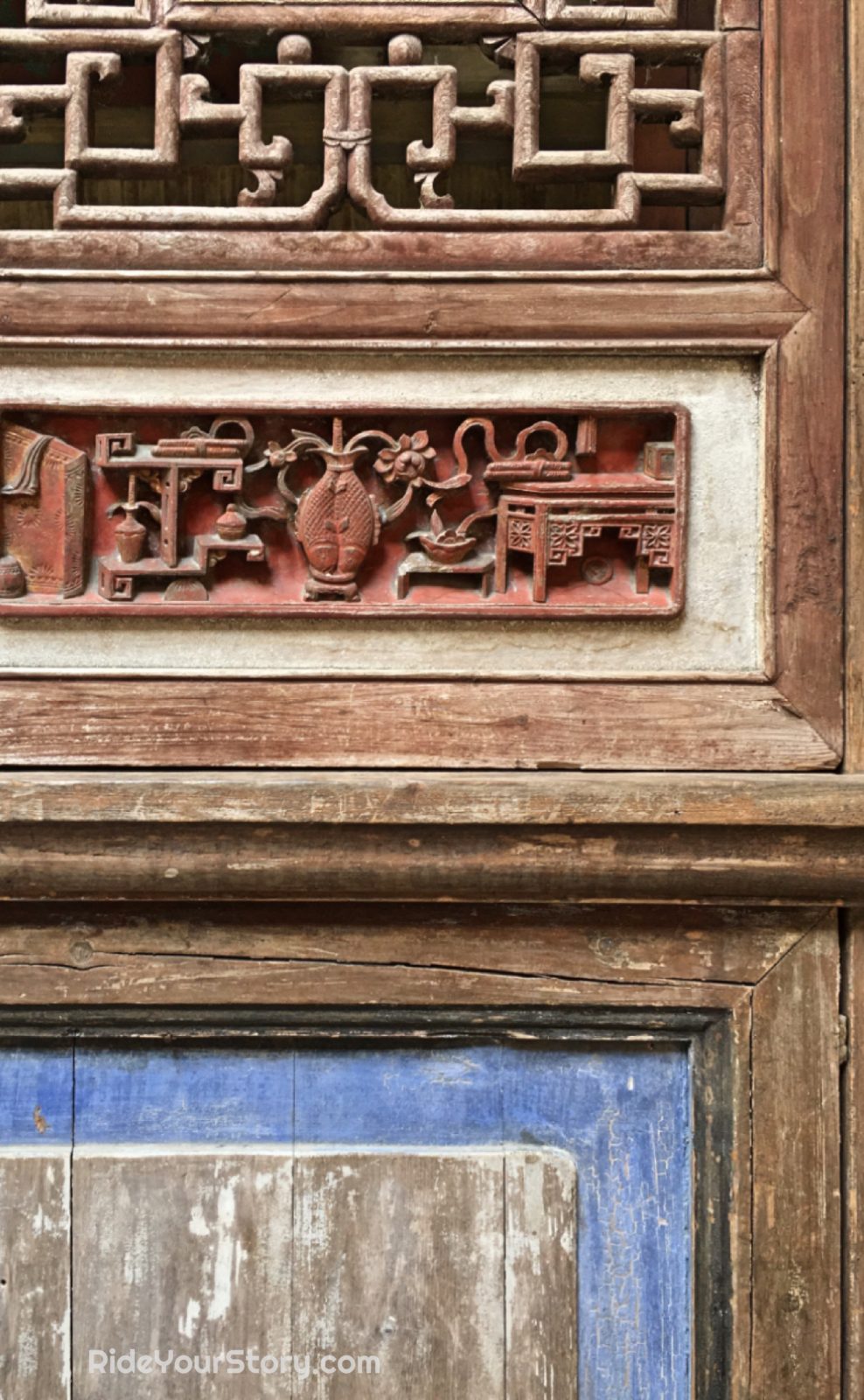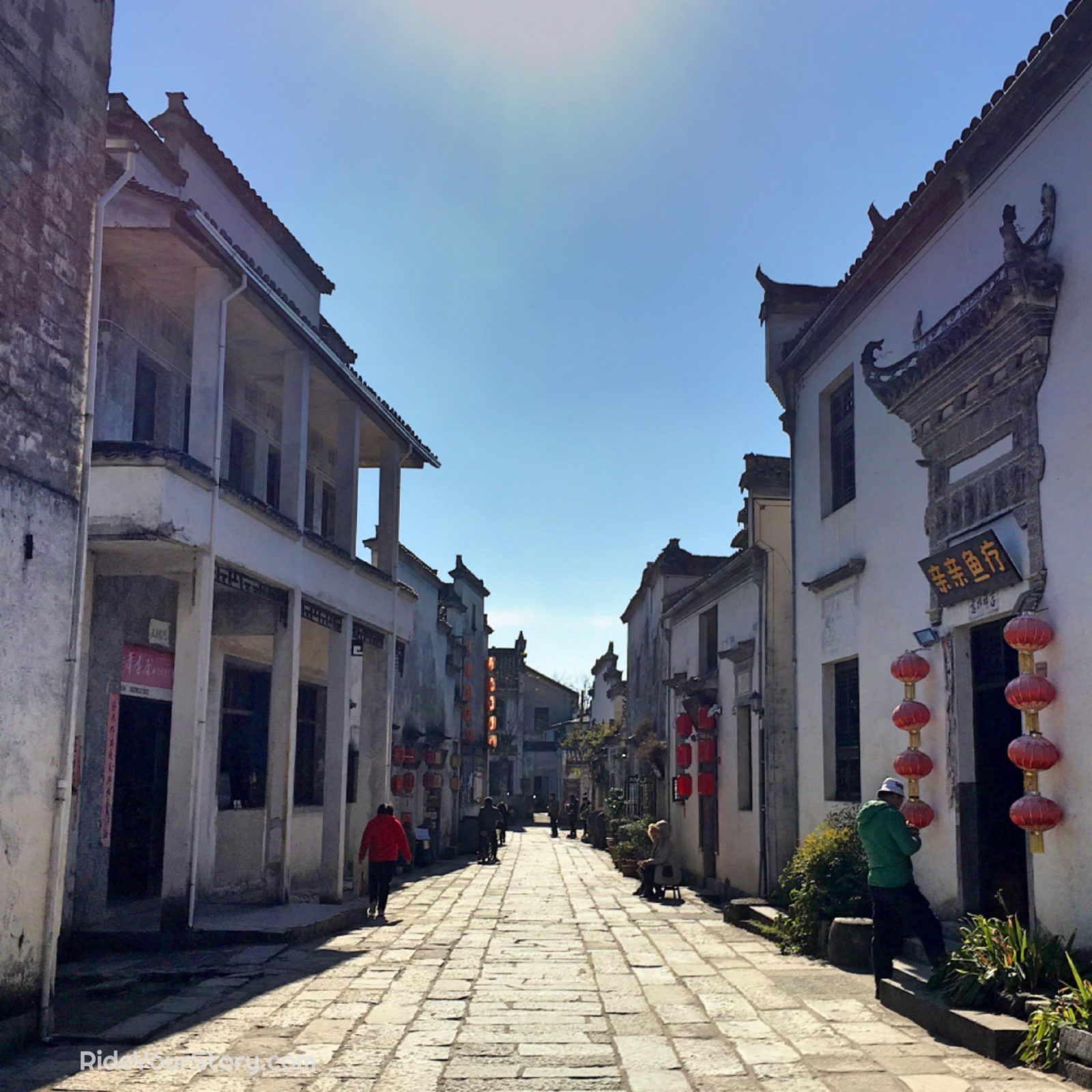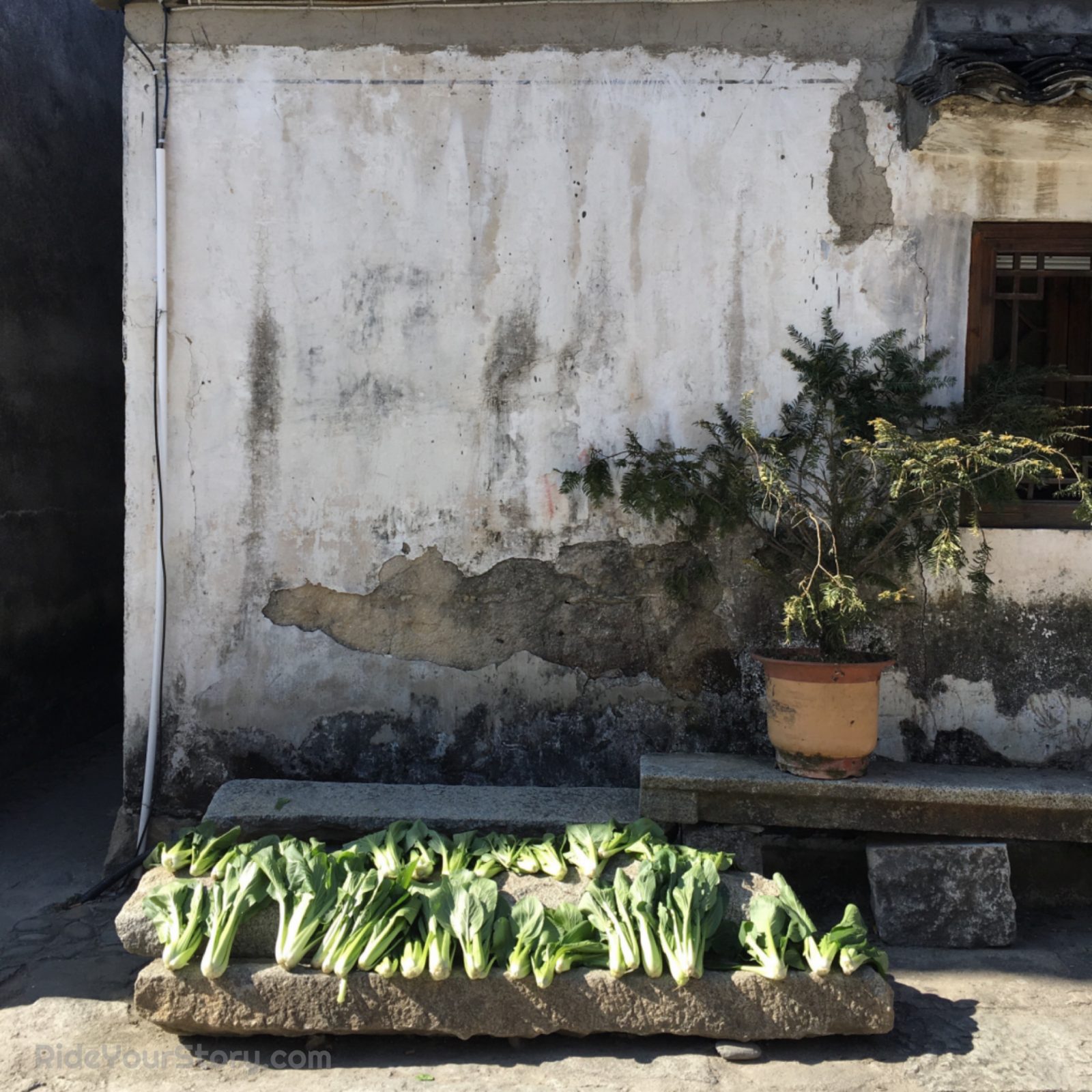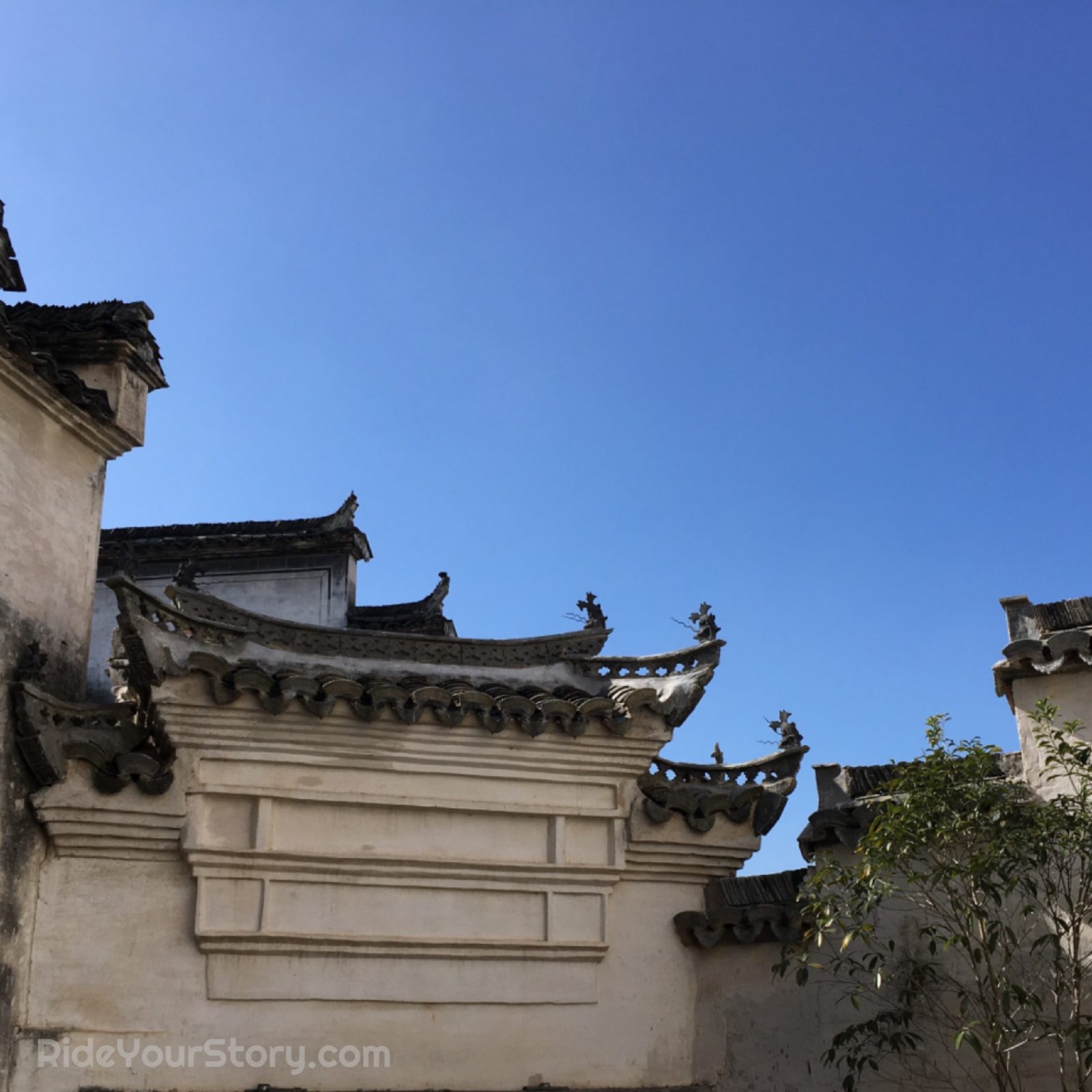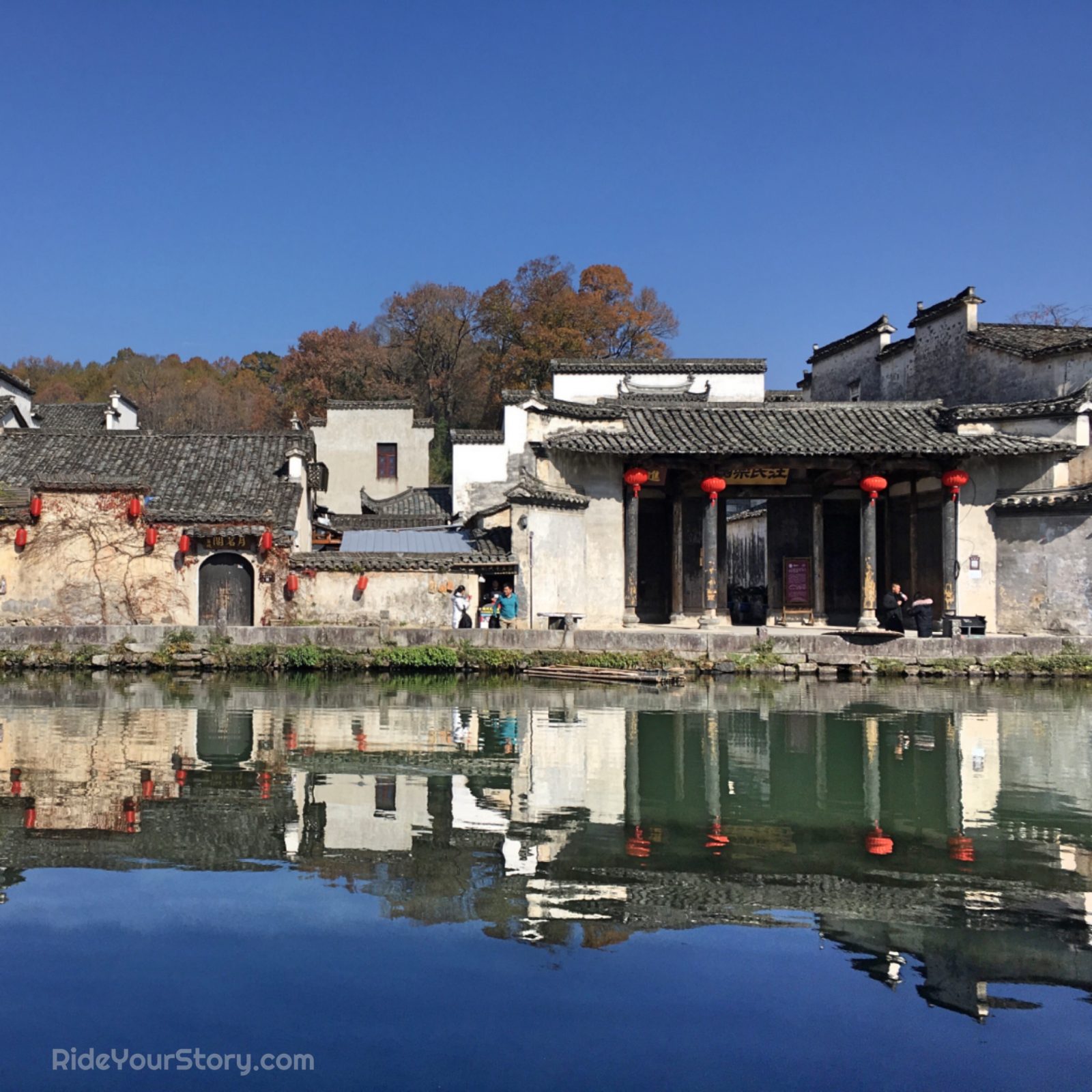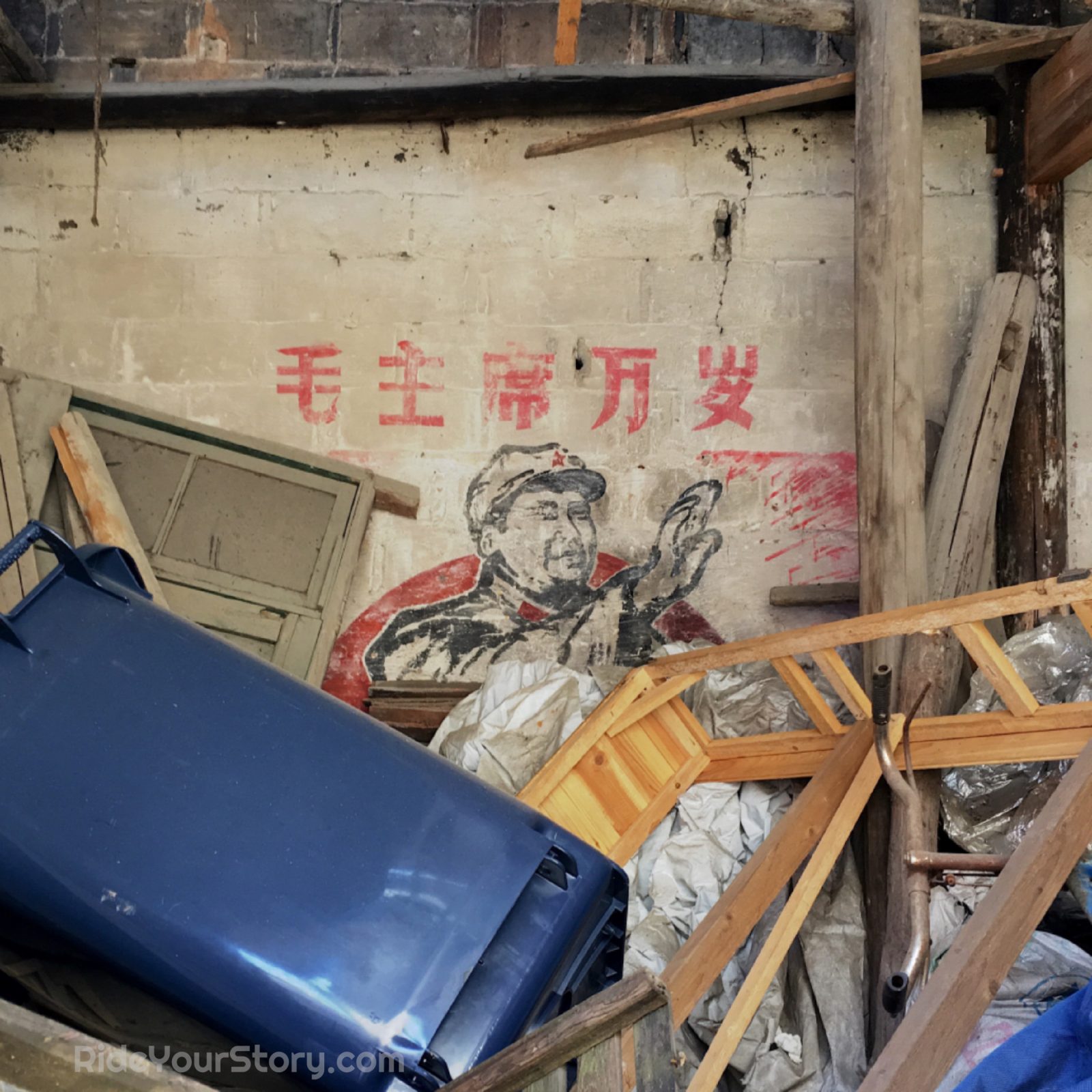Hong Village (宏村) is an ancient village located in historical Huizhou (徽州), the southernmost region of Anhui province (安徽省). Most of the visitors are likely drawn to this village popularize by the wuxia (武俠) film in 2000 – Crouching Tiger, Hidden Dragon (卧虎藏龙), directed by Lǐ Ān (李安) or internationally renowned as Ang Lee. Hence, let’s skim the trivial and dive deep into the pond to discern the history of this village.
宏村 (hóng cūn) or literally Hong Village , named in the old days as 弘村 (of exact same pronunciation). It was one of several villages that form the town of Jì lián (际联镇), at least until 2004. The town was renamed after the village to Hongcun Town (宏村镇). Such is the popularity and influence of Hongcun ever since it was declared as the UNESCO World Heritage Site in 30th November 2000, together with another equally historical village just 20km away – the ancient village of Xidi (西递).
传说
公元十四世纪中叶,生活在皖南黟县的汪氏家族还在筚路篮缕,以启山林之中。因为居住的村庄屡次遭受火灾,几经搬迁,他们终于在雷冈山下,找到了一处与祖先遗言中相似的安居乐业之地:一汪永不干涸的清泉,东西两条河流环抱左右,在祖先的遗梦中,牛是富裕的象征,水是福泽子孙的保证。为此,家族的女头领胡重娘依据对祖先遗梦的解读,把新建的村庄规划为一个牛形村落:凿清泉以为池塘,引西溪水为补充,扩大为”月沼”,成为想象中的”牛胃”,通过二个出水口,建成纵横交织,长共一千三百余米的上水圳和下水圳,通向村子里的家家户户,水圳被称为”牛肠”,水圳的水经过使用之后,全部汇聚到村南被称为”牛肚”的南湖。
Legend
In the mid-14th century. the family of Wāng (汪) clan were living and struggling in Southern Anhui (皖南). Due to the recurrent fire in their village and perpetual relocation. They eventually found a land at the foot of Mount Léi gāng (雷冈山), literally in description by the last words of their ancestor : An ever flowing spring, two rivers in the east and west encompassing the flank. In the dream of the ancestor, the ox is a symbol of wealth and water is the bless of their descendant.
The female head of the clan interpreted the dream of their ancestor. They plan their new village according to the shape of the ox, the spring was enlarged into a pond supplement by stream from the river and expanded into a ‘moon pond’, representing the stomach of the ox. With two outlet forming a network of canal, with a total length of 1300m of up and downstream, to all houses within the village. The water canals are the ‘intestine of the ox’. The used water from the village will eventually flow to the south river, which is the belly of the ox.
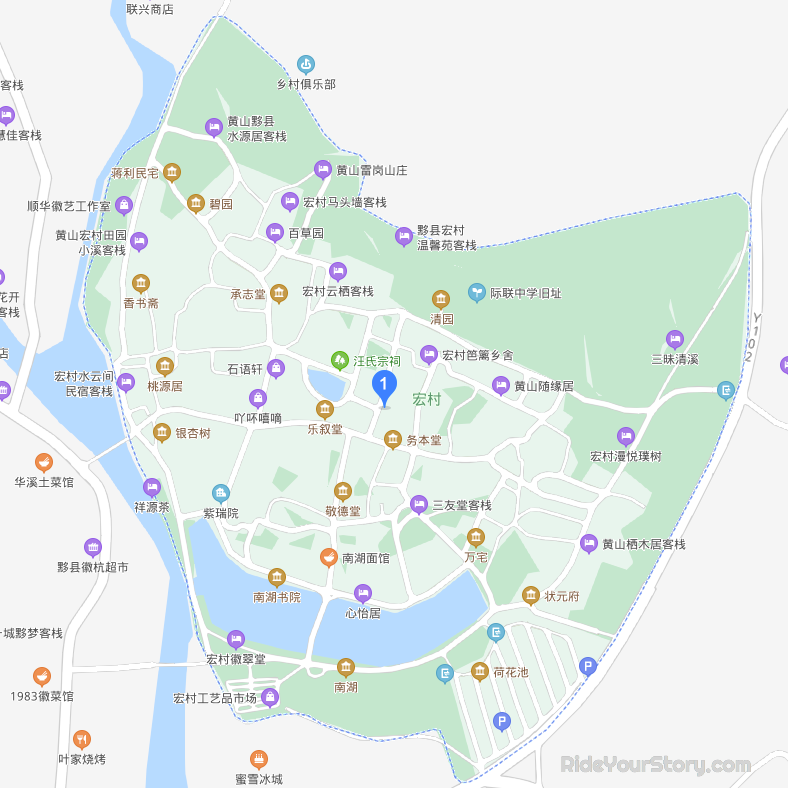
This is a gifted trip. Usually I will avoid crowded and touristy area for my holiday. China is a big country and many hidden gem are largely unexplored by short term visitor. This is obviously not one of them. A popular destination like this are usually well organized by now to cater to mass tourism. Having experience it first hand in Wuzhen water town (乌镇水乡), I am prepared this trip can be just as intimidating.
Somehow my expectation was somewhat unwarranted. Apart from the usual busloads troop of domestic tourist and the chaotic queue at the entrance. The walk within the village are very pleasant in comparison. Just occasional touting to dine in the few restaurant run by some enterprising villagers.
Described as ‘Village in a painting‘ (画里乡村), Hongcun must be a popular subject for Chinese painters. Till date, there are about 140 well preserved houses from the Ming and Qing dynasty. An ideal living museum for those studying the Chinese architecture transiting between these two periods.
Chéngzhì Táng (承志堂), one of the grandest residence is open to public. It was built by Wang Ding Gui (汪定贵), a local wealthy salt merchant for his two wives. With about 2100 sqm (22600 sqft) and 60 rooms, including room specifically for opium smoking (吞云轩) and mahjong game (排山阁). There are a total of 136 intricately hand crafted columns depicting various Chinese folklore and mythology. Thus it earn the reputation of ‘The Imperial Palace of the Folk’ (民间故宫). The residence once housed the Red Army during their Long March, and leniently the house was sparred any vandalism.
This village is definitely worth a day trip. To observe and study how was it like to live in an ancient village in China or to imagine your wuxia fantasy of flying swordsman. With the hotel within the village permitted to open to foreigners since 2019, a night stay are also recommended. Though I may still prefer to stay in Xidi, where I did and this is her story, next…
